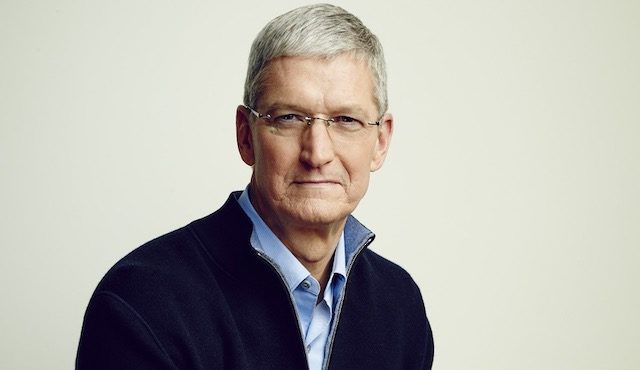
New Profile of Apple CEO Tim Cook Offers Insight Into His Leadership Style: WSJ
A new profile examines how Apple CEO Tim Cook, with “cautious, collaborative and tactical” leadership, made Cupertino’s tech giant the world’s largest company.

The Wall Street Journal report covers many facets of Cook’s leadership, from his somewhat surprising selection as CEO after Steve Jobs, his singular commitment to Apple, his attention to detail and more.
“Mr. Cook is described by colleagues and acquaintances as a humble workaholic with a singular commitment to Apple. Longtime colleagues seldom socialized with him, and assistants said he kept his calendar clear of personal events.”
WSJ notes that Cook maintained his regular routine when he took over for Steve Jobs as Apple CEO in 2011:
From when he took over in 2011, Mr. Cook followed the advice of his predecessor: Don’t ask what I would do. Do what’s right. He continued waking up each morning before 4 a.m. and reviewing global sales data. He maintained his Friday meeting with operations and finance staff, which team members called “date night with Tim” because they stretched hours into the evening. He seldom visited Apple’s design studio, a place Mr. Jobs visited almost daily.
Compared to Jobs’ outspoken dedication to design, Cook is described as much more methodical and focused on finance and social good. Although Apple under Cook has a “more relaxed work environment” than Apple under Jobs, staff members said Cook was also “demanding and detail-oriented.” The report offers an interesting look at Cook’s leadership style and his relationship with subordinates, citing a story from former Apple executive Joe O’Sullivan:
Mr. Cook’s command of detail causes underlings to enter meetings with trepidation. He leads through interrogation, with a precision that has reshaped how Apple staff work and think.
“The first question is: ‘Joe, how many units did we produce today?’ ‘It was 10,000.’ ‘What was the yield?’ ‘98%.’ You can answer those and then he’d say, ‘Ok, so 98%, explain how the 2% failed?’ You’d think, ‘F—, I don’t know.’ It drives a level of detail so everyone becomes Cook-like,” said Joe O’Sullivan, a former Apple operations executive. He said Mr. Cook’s first meeting with staff the day he arrived in 1998 lasted 11 hours.
Middle managers today screen staff before meetings with Mr. Cook to make sure they’re knowledgeable. First-timers are advised not to speak. “It’s about protecting your team and protecting him. You don’t waste his time,” said a longtime lieutenant. If he senses someone is insufficiently prepared, he loses patience and says, “Next,” as he flips a page of the meeting agenda, this person said, adding, “people have left crying.”
Another time, Cook was reportedly annoyed that Apple shipped 25 computers to South Korea instead of Japan. Although some sources said it seemed like a minor accident, Cook warned that “we are losing our commitment to excellence.”
Additionally, the report notes that the Apple executive rarely visits Apple’s design studio, frequented by Jobs. At a meeting in 2012 to review an early prototype Apple Watch, Cook was absent. Sources say such an absence would have been unthinkable under Jobs.
Unlike Jobs, who thought Apple’s money was better directed towards research and development, Cook is much more willing to give money back to investors. In 2013, Cook had a three-hour dinner with Wall Street investor Carl Icahn that ended with a dessert of Apple logo cookies.
The report also discusses Tim Cook’s decision to publicly disclose his sexuality back in 2014, struggles with the HomePod, and Apple’s recent, new-found success in building subscription services for its customers.

